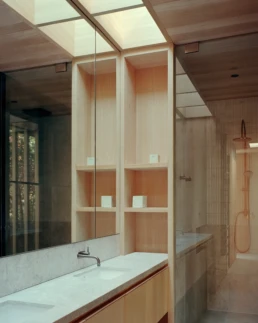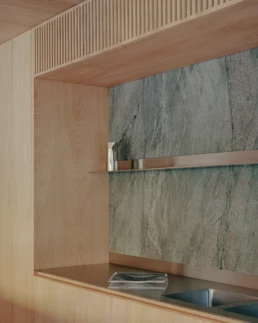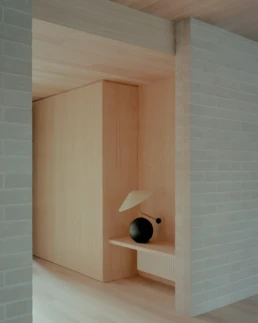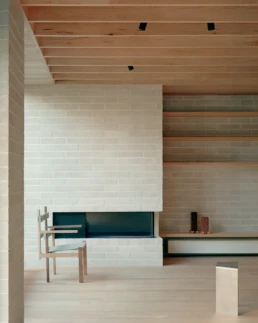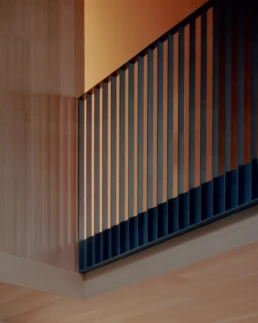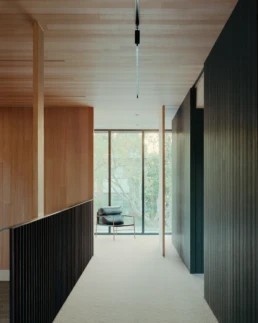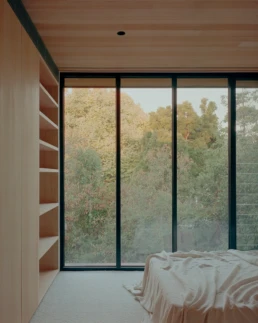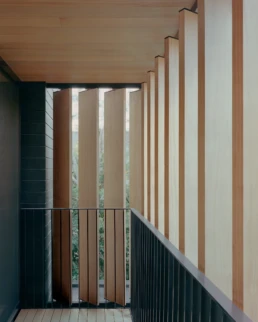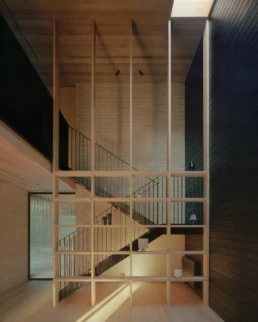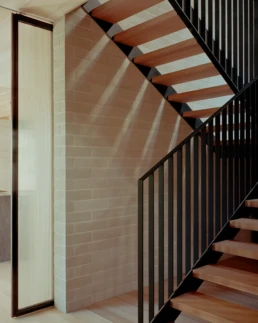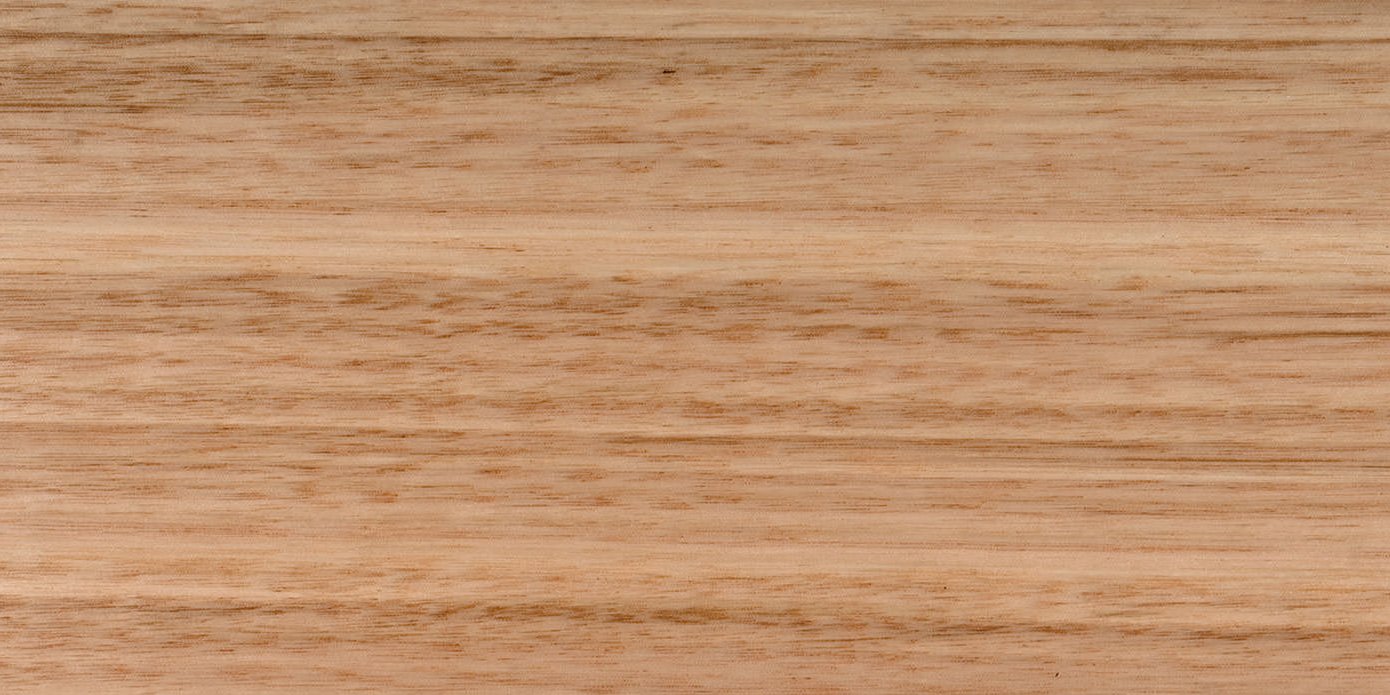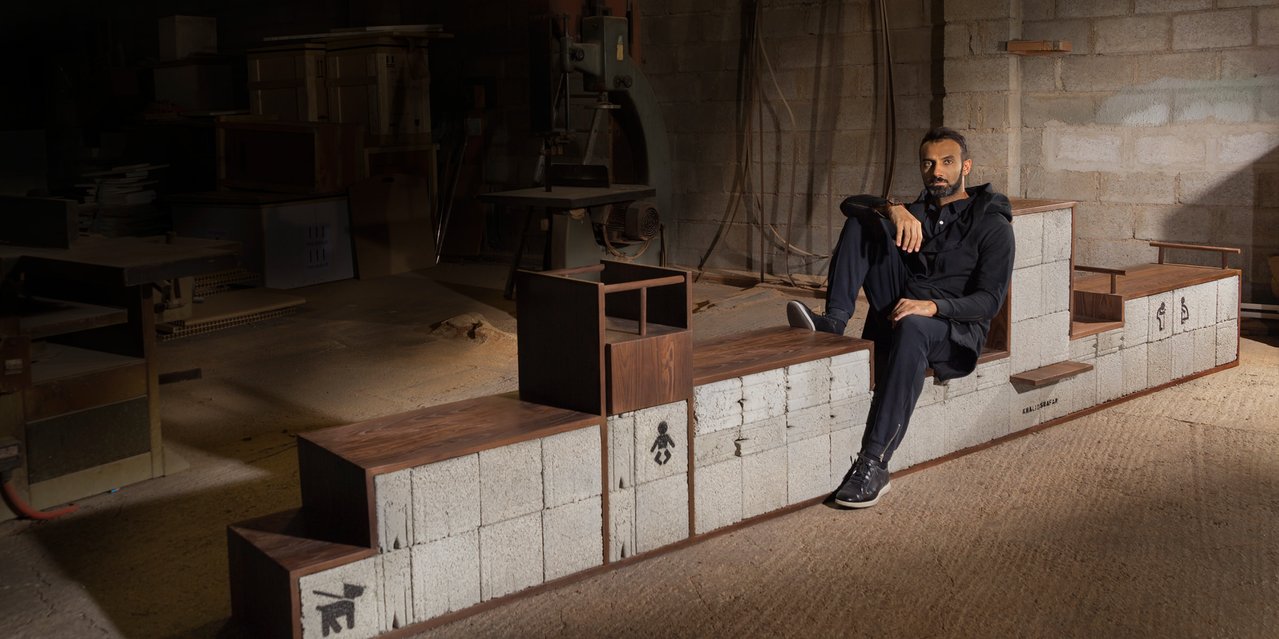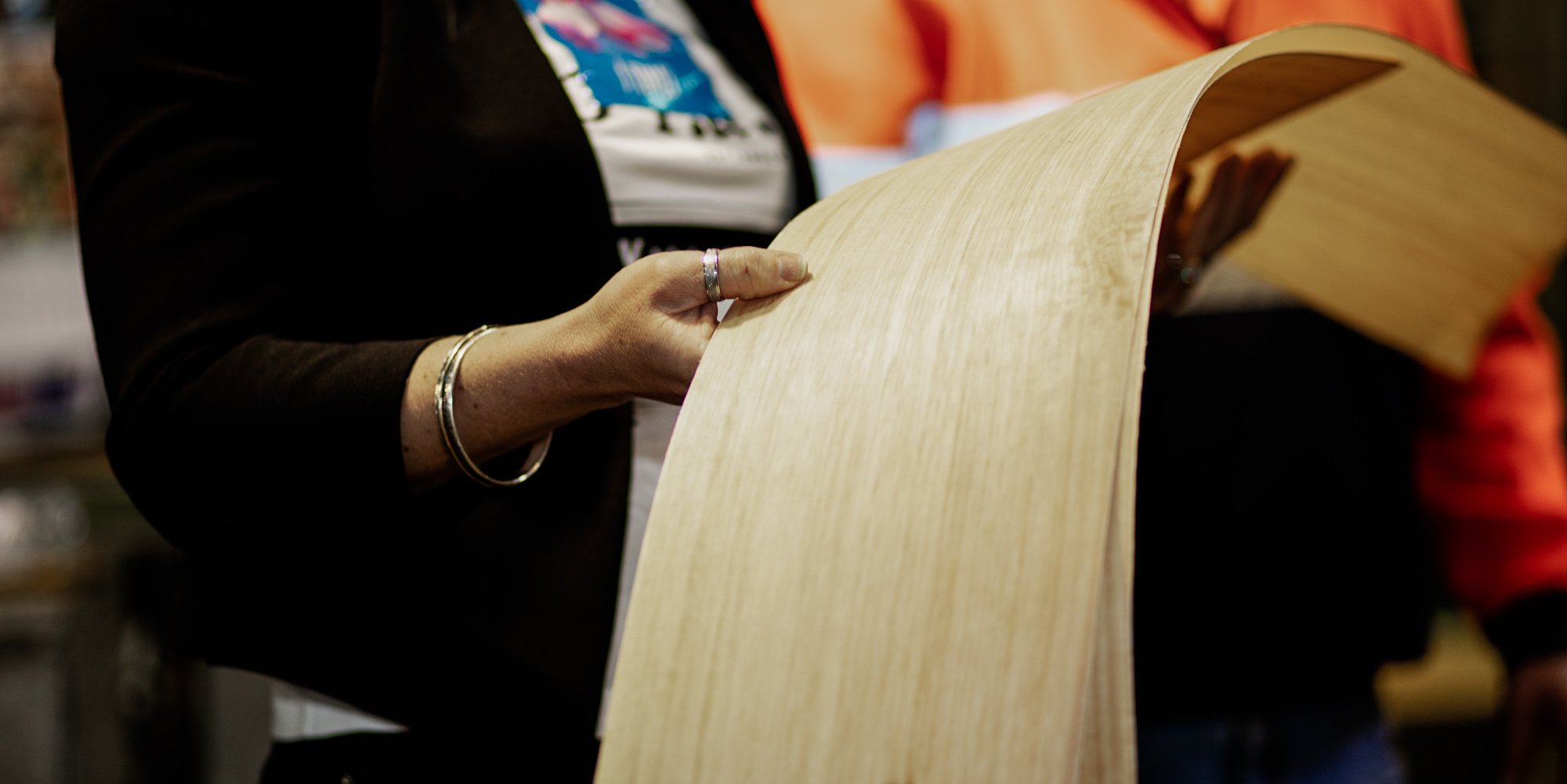Tasmanian Oak has long been a favourite of architects and specifiers, thanks to its versatility, aesthetic appeal, and sustainability credentials. Its application in contemporary projects is redefining the possibilities of Australian timber in modern architectural design. One such example is the stunning Echo House by Parabolica, a Melbourne residence that harmoniously blends mid-century modernist inspiration with sustainable materials to deliver a timeless and serene living space.
A Tribute to Modernist Design with Tasmanian Oak
Set in Melbourne, Echo House is a thoughtful reinterpretation of mid-century modernist principles, blending clean lines and light-filled spaces with warm, natural materials. Designed by Parabolica, the project evolved from renovating an existing brick dwelling into a complete rebuild. Central to this transformation was Tasmanian Oak, which became the foundation for both the aesthetic and functional elements of the home.
The warm, natural grain and subtle colour tones of Tasmanian Oak perfectly aligned with the clients’ vision for a calming and cohesive space. Designers Jasmine Placentino and Benjamin Pitman of Parabolica sought to marry modernist influences with contemporary needs, and Tasmanian Oak proved to be the ideal material for achieving this.
Timeless Beauty and Versatility
Tasmanian Oak is celebrated for its soft tones, ranging from straw blonde to pink-tinted hues, and its consistency across applications. At Echo House, Tasmanian Oak was used extensively in:
- Flooring and Ceilings: Tongue-and-groove boards provided a seamless finish, adding warmth and continuity throughout the entire home.
- Joinery and Staircases: Veneer panels and stair treads in crown-cut and quarter-cut Tasmanian Oak ensured a perfect match with floors and ceilings.
Its adaptability makes it a go-to material for cohesive interior designs. According to Jasmine Placentino, “The uniformity of Tasmanian Oak allows it to serve as a neutral foundation, accommodating various palettes and design elements without overpowering the space.”
Low-VOC and Allergen-Friendly
Echo House’s clients required low-VOC materials to create a home environment that was safe for sensitive individuals. Tasmanian Oak’s compatibility with raw, unfinished finishes made it the perfect choice. The veneer elements were coated in matte, low-VOC finishes to extend durability while preserving natural beauty, aligning with the project’s health-conscious and sustainability goals.
Sustainability at Its Core
Using local Tasmanian Oak instead of imported materials reduced the carbon footprint of the project significantly. Additionally, sourcing from suppliers like Britton Timbers, who are PEFC and AFS certified, ensures that the timber is harvested sustainably and processed to the highest Australian standards.
“Choosing Australian materials not only supports local industry but also strengthens the connection between the architecture and its surrounding environment,” says Jasmine Placentino.
Sustainability Meets Precision Craftsmanship
The success of Tasmanian Oak in Echo House was underpinned by collaboration with expert suppliers, such as Britton Timbers. Their experience in sustainable timber ensured that the quantity and quality of materials met the project’s demands. By pre-selecting and stockpiling timber from similar batches, Britton Timbers ensured that all boards maintained consistency in tone and grain, essential for the cohesive design evident throughout Echo House.
Beyond aesthetics, meticulous preparation by the joiners and carpenters accounted for natural expansion, ensuring longevity and durability in high-traffic zones. This attention to detail underscores the readiness of Tasmanian Oak to meet the exacting standards of modern architecture.
Warmth and Tranquillity
One of the standout features of Tasmanian Oak is its ability to add warmth and serenity to spaces. At Echo House, its rich grain textures softened the impact of stark modernist lines, creating a calming residential atmosphere. The natural tones of the timber ensured that the home remained inviting and lived-in, avoiding the overly polished feel that can sometimes emerge in contemporary designs.
Balanced Material Palette
Tasmanian Oak took centre stage, complemented by subdued elements like brushed stainless steel benchtops, natural stone, and porcelain tiles. This thoughtful material selection preserved the spotlight for the timber without creating visual competition.
“Timber has a beautiful, warm quality and a calming presence. We wanted to allow it to shine while using complementary materials sparingly,” explains Jasmine Placentino.
Craft with Confidence Using Tasmanian Oak
The Echo House project is a compelling showcase of how Tasmanian Oak can elevate contemporary architectural design with its warmth, sustainability, and versatility. For architects and specifiers, it proves that local materials can deliver world-class results while fostering a deeper connection to Australia’s natural resources.
To explore the possibilities of Tasmanian Oak in your next project, collaborate with trusted suppliers like Britton Timbers, who bring decades of expertise and a commitment to sustainable craftsmanship. Contact Britton Timbers to learn more or request a sample.
Photo Credits: Pier Carthew
